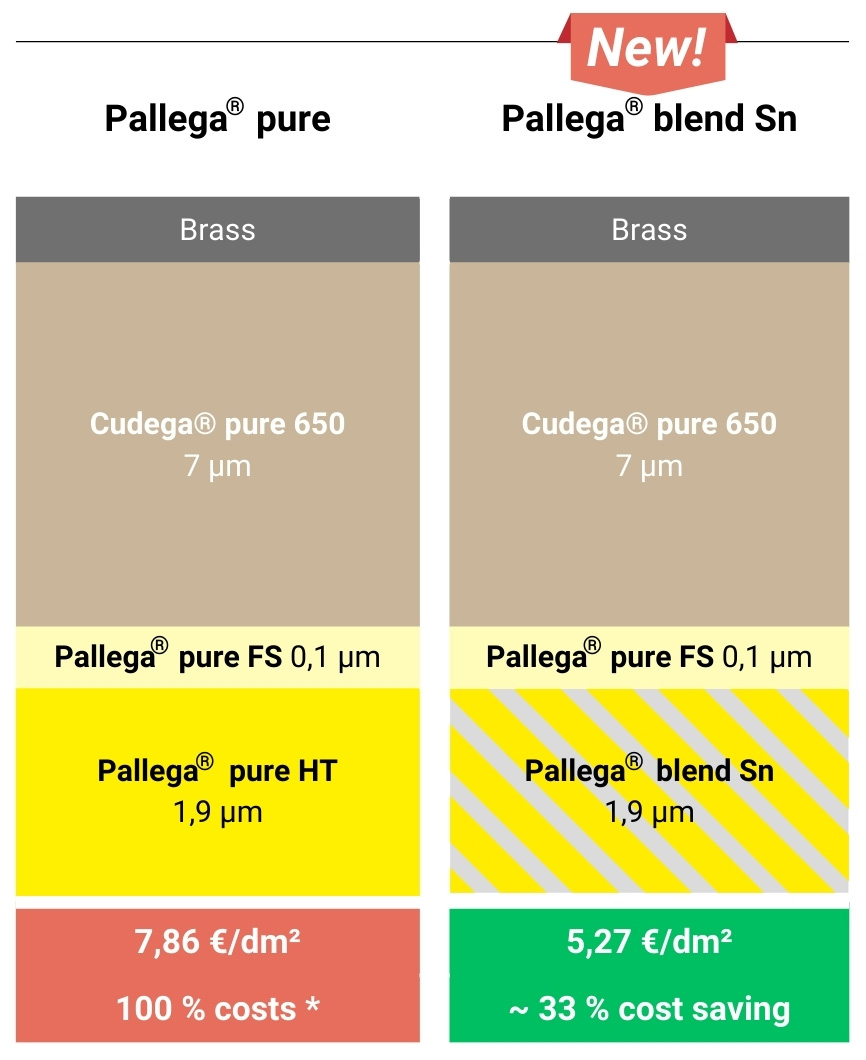IWG’s innovative electrolyte as a genius palladium alternative – reduce costs, increase quality
The answer to rising palladium prices: Pallega® blend Sn Genius.
The new palladium-tin electrolyte from IWG Pallega® blend Sn Genius scores with the same positive properties as pure palladium – but at a much lower cost. With applications in all areas, whether for electronics, jewellery, eyewear or writing instruments, it is a true all-rounder. The innovative Pallega blend Sn genius offers a versatile solution for various industries.
Like pure palladium – but more genius!
ONE 4 ALL. One product for all applications
Decorative applications
The bath can be used to deposit alloys with a tin content of up to approx. 30 % in a bright, shiny finish. Pallega® blend Sn is cobalt- and nickel-free, making it ideal for the manufacture of jewellery, eyewear and writing instruments.

Technical applications
Even technically demanding components can be coated with Pallega® blend Sn. As a functional layer for demanding layer sequences, palladium-tin can take on the function of a barrier layer to minimize intermetallic diffusion and prevent corrosion of base layers or the base material.
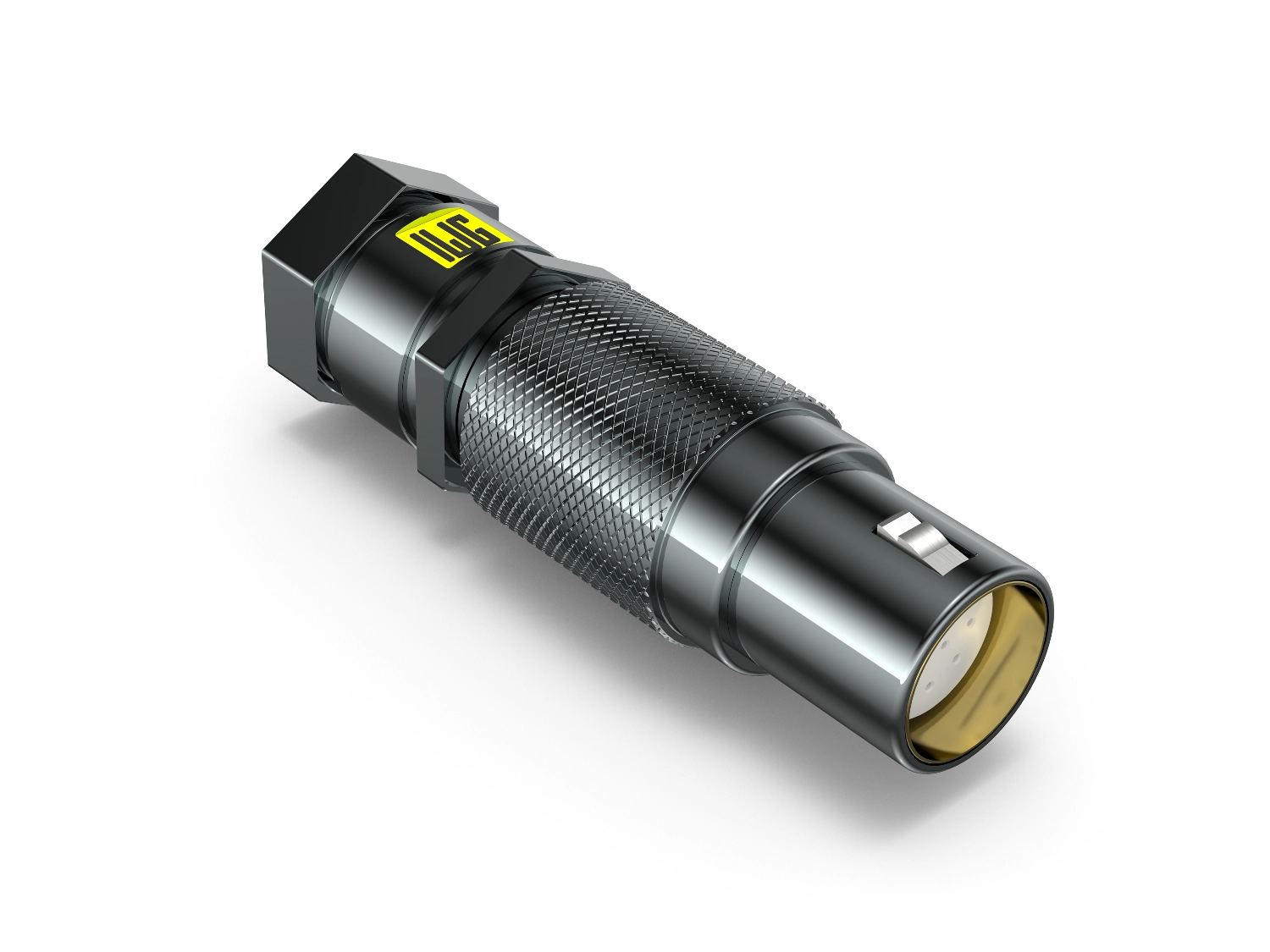
The comparison is worth it
Common layering sequence for costume jewellery with Pallega® blend Sn compared to the more cost-intensive pure palladium.
This can be seen particularly clearly in a standard coating sequence. Replacing the more cost-intensive pure palladium intermediate layer with the new palladium-tin alloy saves around a third (!) of the costs.
Pallega® blend Sn also has no disadvantages compared to pure palladium (Pallega pure HT).
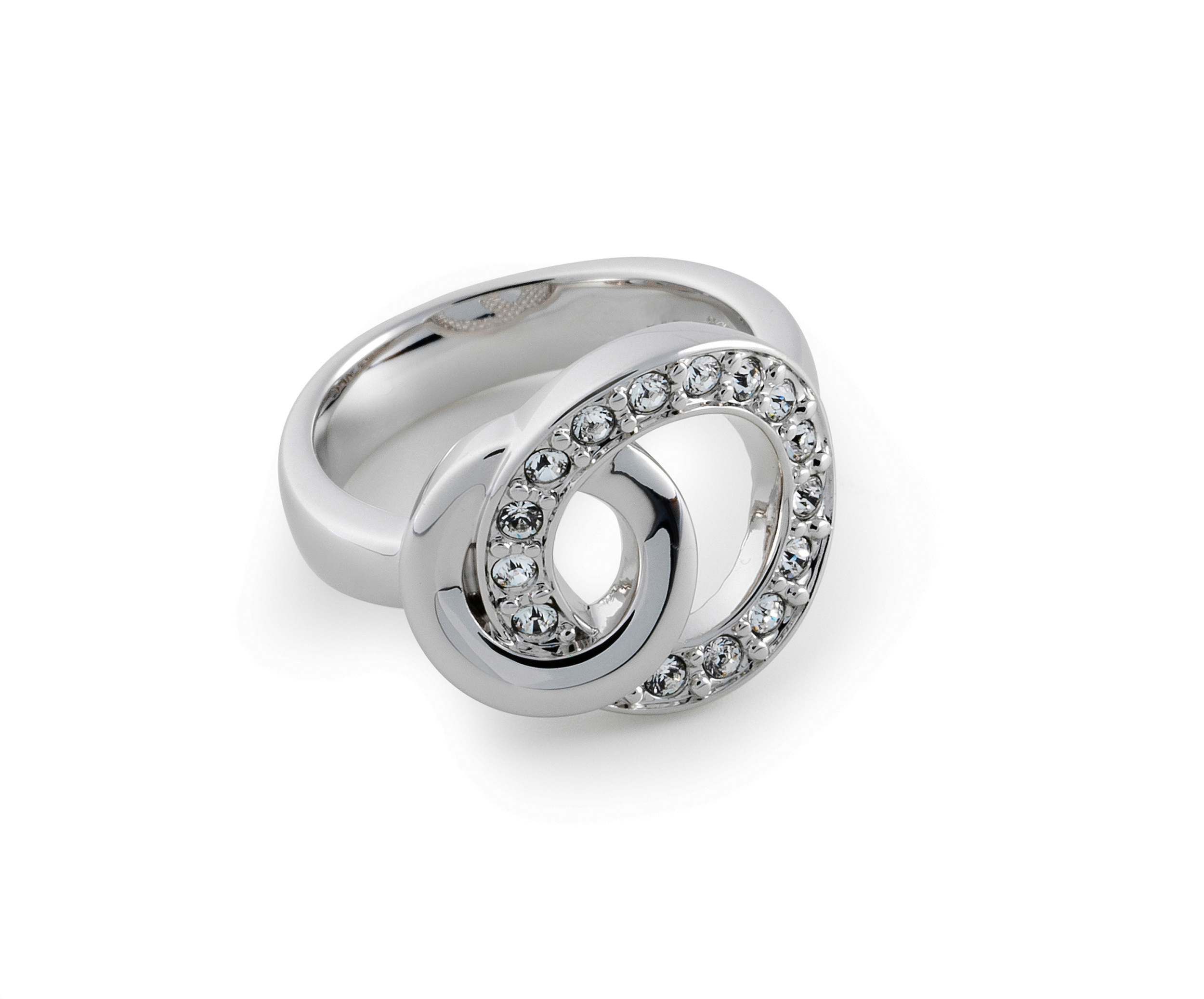
Nickelfree alternative for writing instruments
Pallega blend Sn is cobalt- and nickel-free and therefore ideal for writing instruments.
In order to be able to eliminate nickel in writing instruments, for example, the conventional palladium-nickel alloy can be replaced by the new palladium-tin alloy in the intermediate layer in a ratio of 80:20.
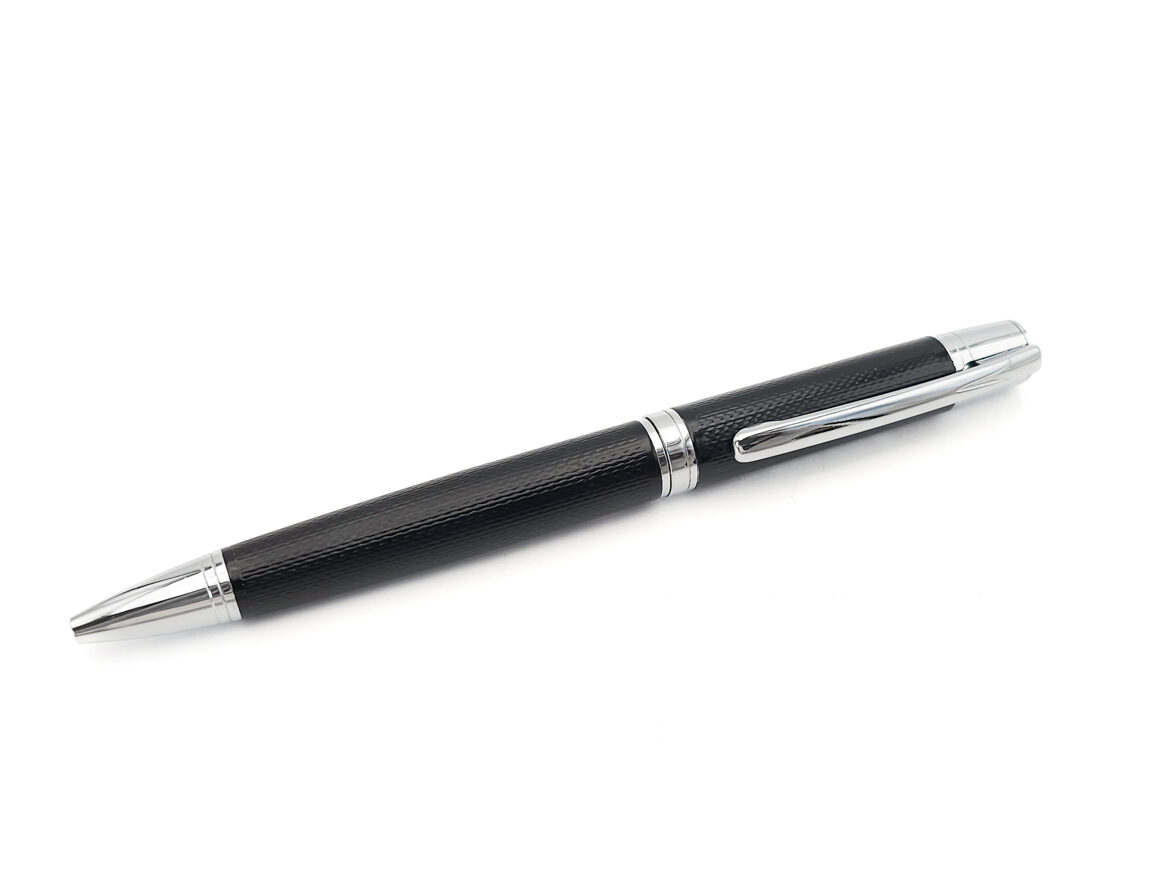
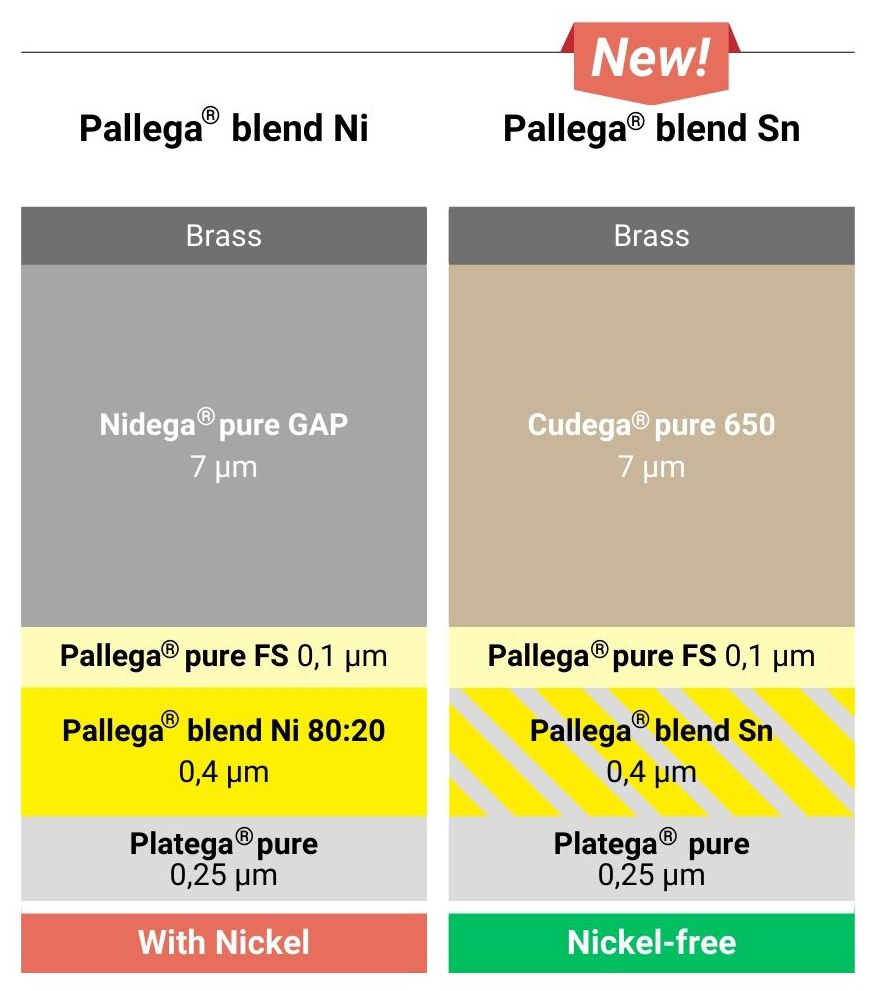
Cost savings even with genuine jewellery
In this example, the replacement of pure palladium with our new palladium-tin alloy also results in a cost saving of approx. 12.50 % for sterling silver genuine jewelry.
Tin as an alloying metal is inexpensive and is not subject to major price changes.
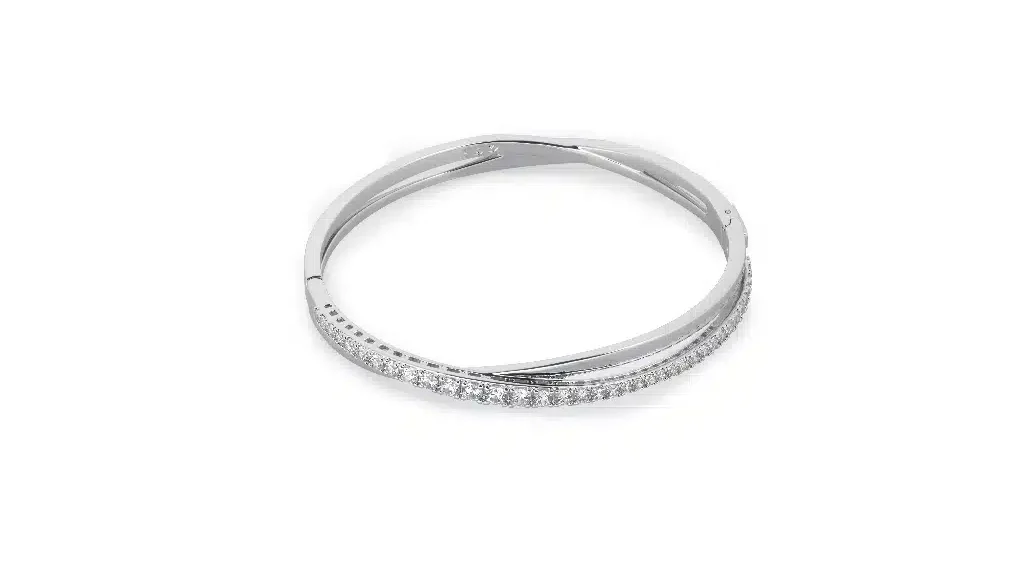
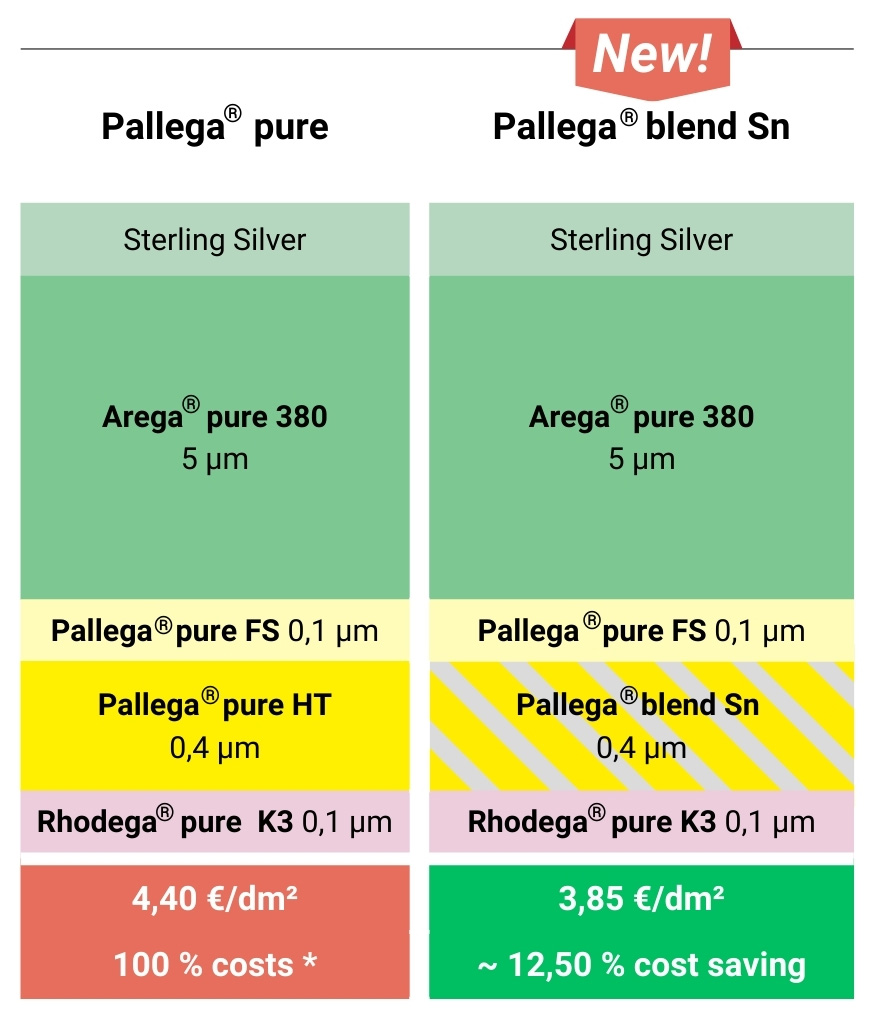
Electrolyte properties
The electrolyte Pallega® blend Sn is insensitive to cyanides and works in a pH range of approx. 7 – 8 and is suitable for both rack and barrel coating.
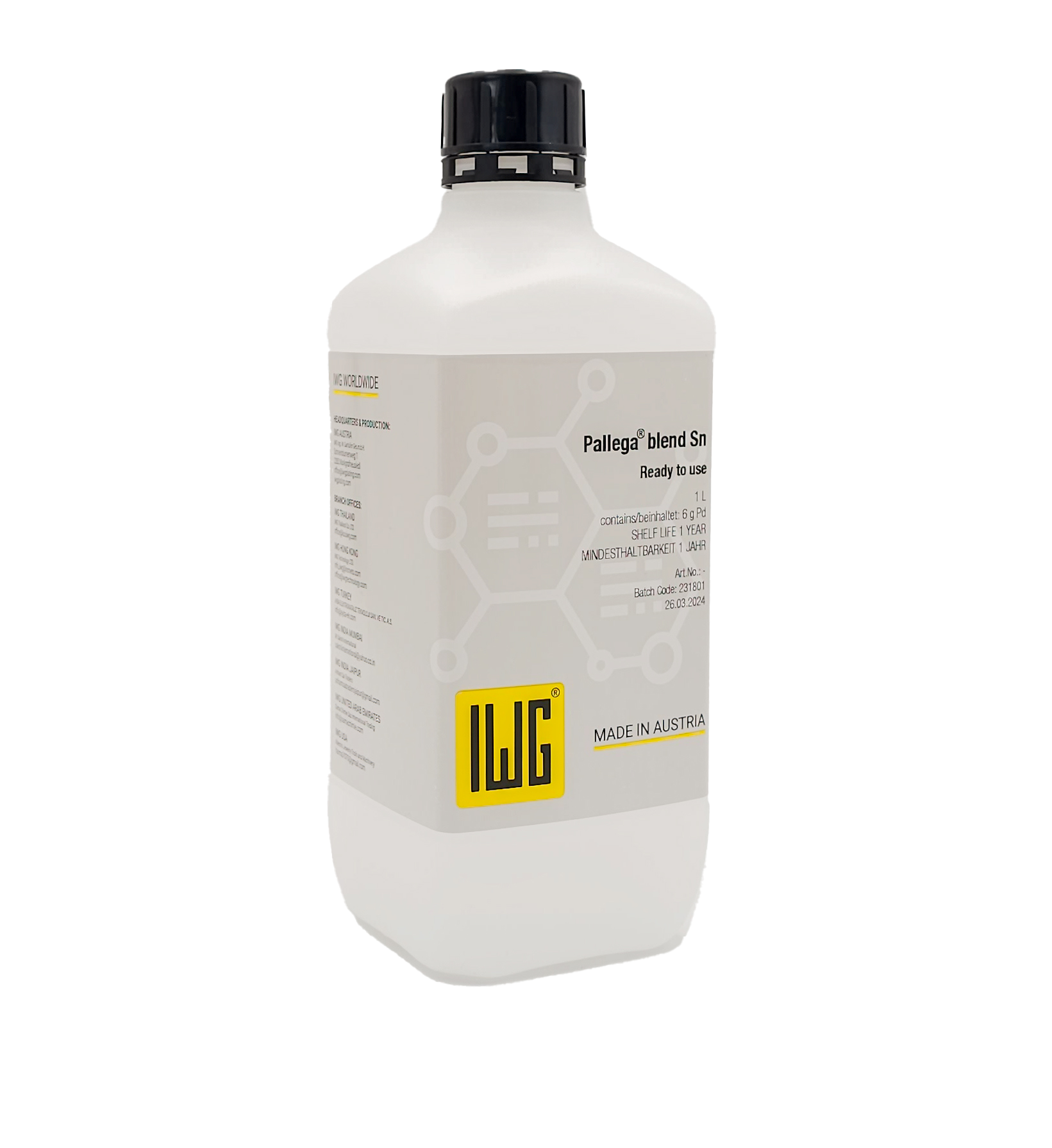
Pallega® blend Sn on the test bench.
SO2 Corrosion test:
The comparison of the surface of palladium-tin alloys to pure palladium after SO2 corrosion testing shows a similar, only weak, attack. The corrosion resistance is therefore more than sufficient for most applications.
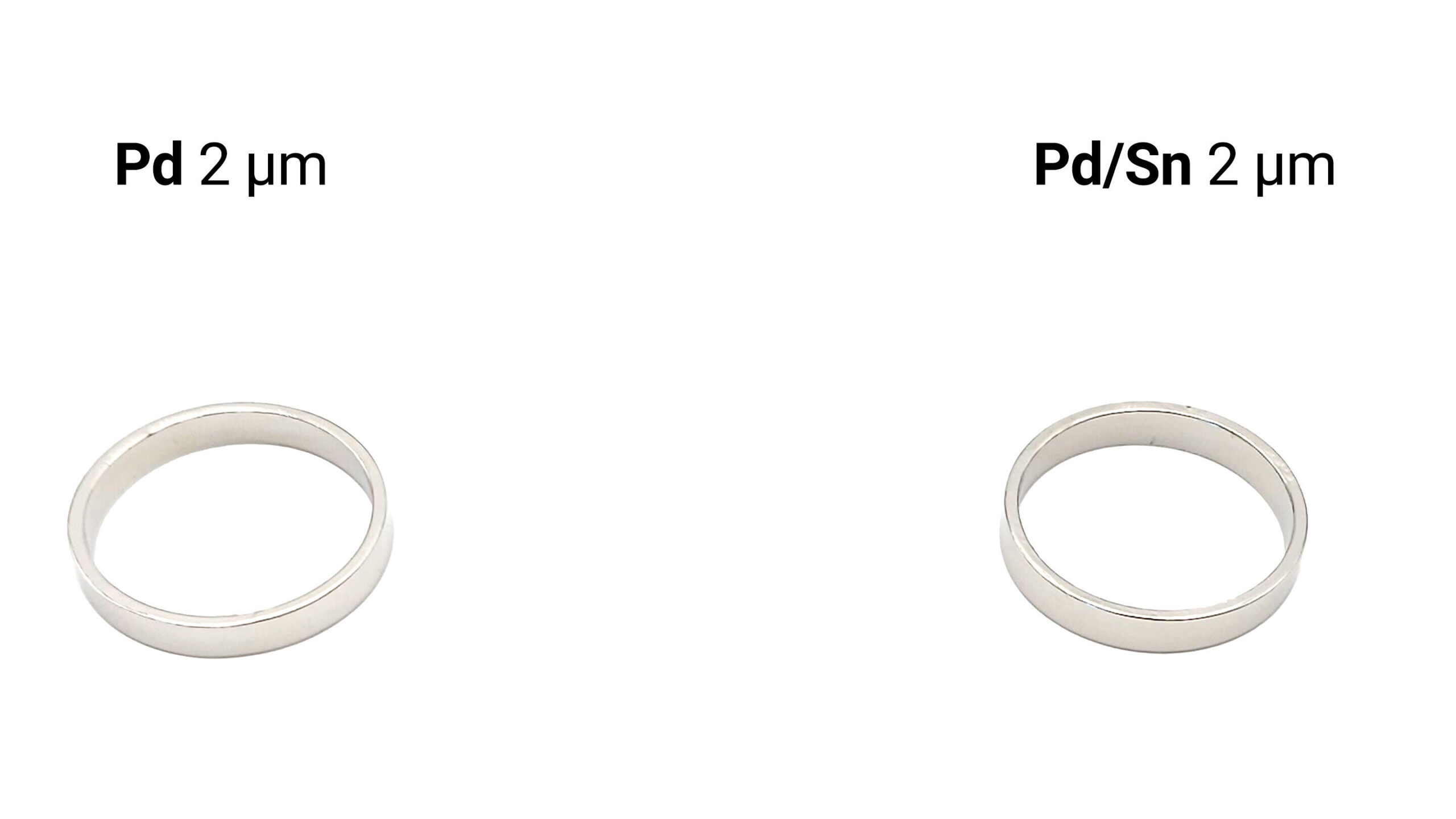
Pure palladium with a layer thickness of 2 µm compared to Pallega® blend Sn with the same layer thickness.
Corrosion test according to DIN EN ISO 22479:2022-08, Corrosion of metals and alloys – testing with sulfur dioxide in a humid atmosphere (fixed gas volume method) (ISO 22479:2019)
Abrasion test:
Our palladium-tin alloy has a higher abrasion resistance than electroplated pure palladium. Maximum abrasion resistance was found with an alloy of 75/25 Pd/Sn.
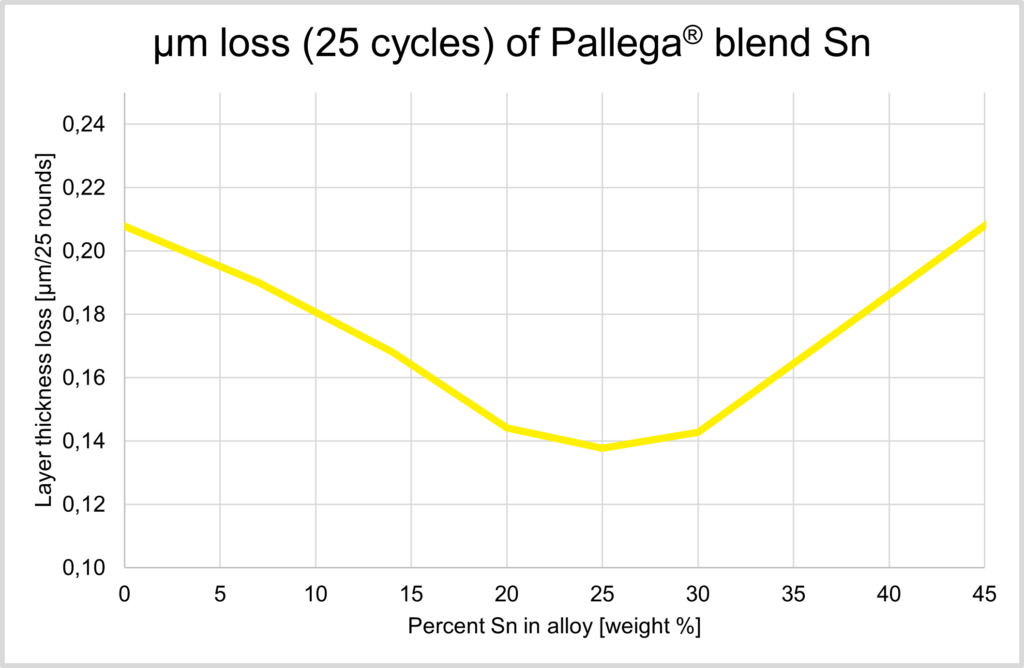
Test procedure: Taber Abraser 5135, load 250g, grinding paper grid 1000, 25 revolution/pass
Scanning electron microscopic analyses
Crack-free surface:
FIB sections with Xe+ plasma in layer structures with palladium-tin alloys show a grain boundary-free, crack-free homogeneous alloy.
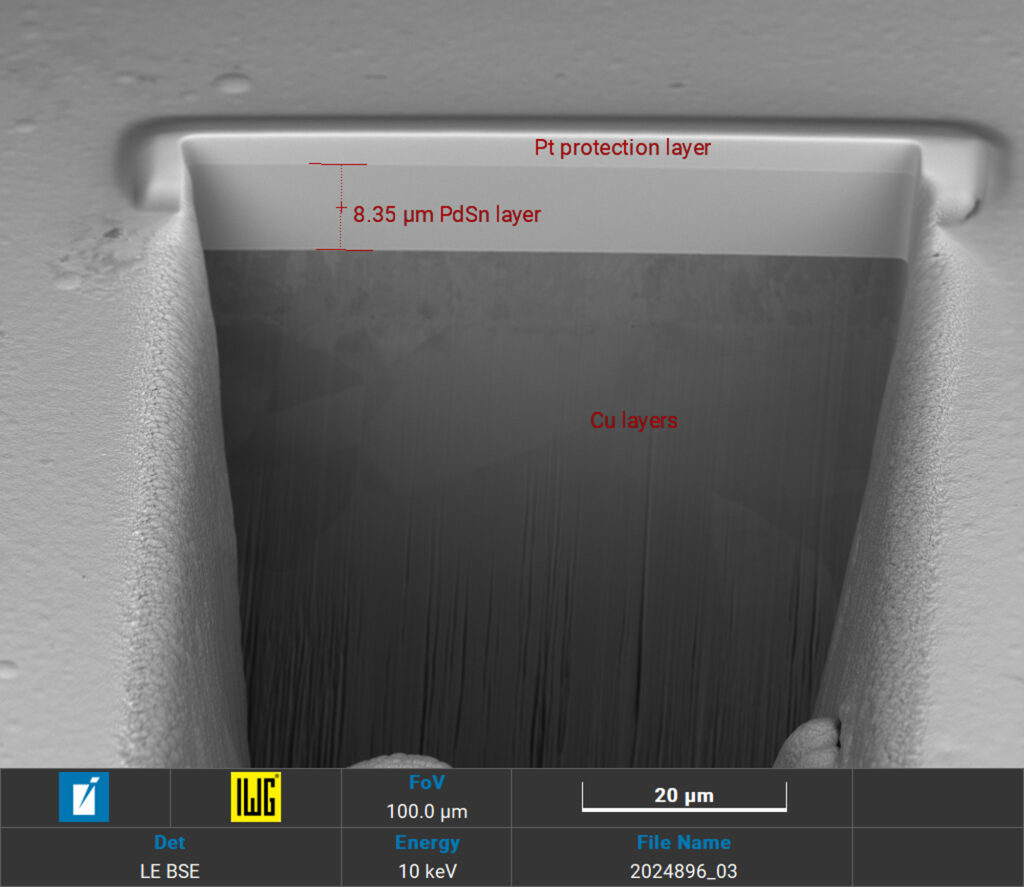

Corrosion test:
The comparison of the surface of palladium-tin alloys to pure palladium after the SO2 corrosion test shows a similar, only weak, attack.
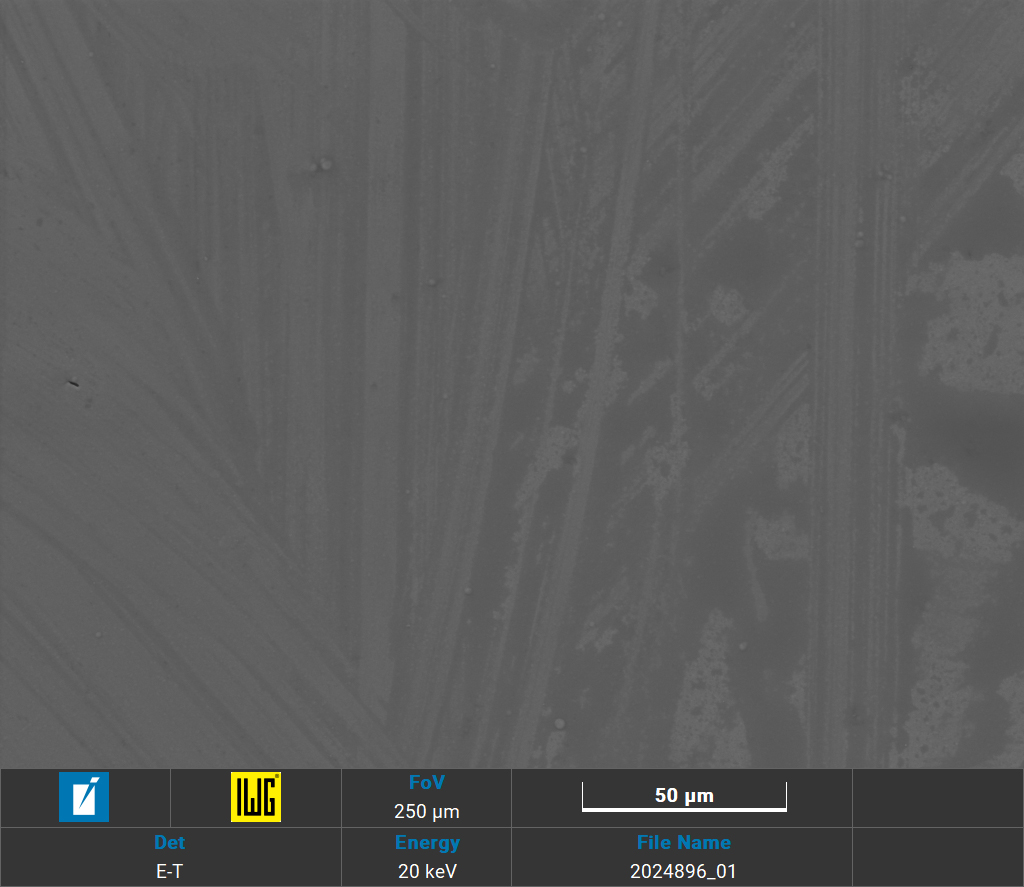
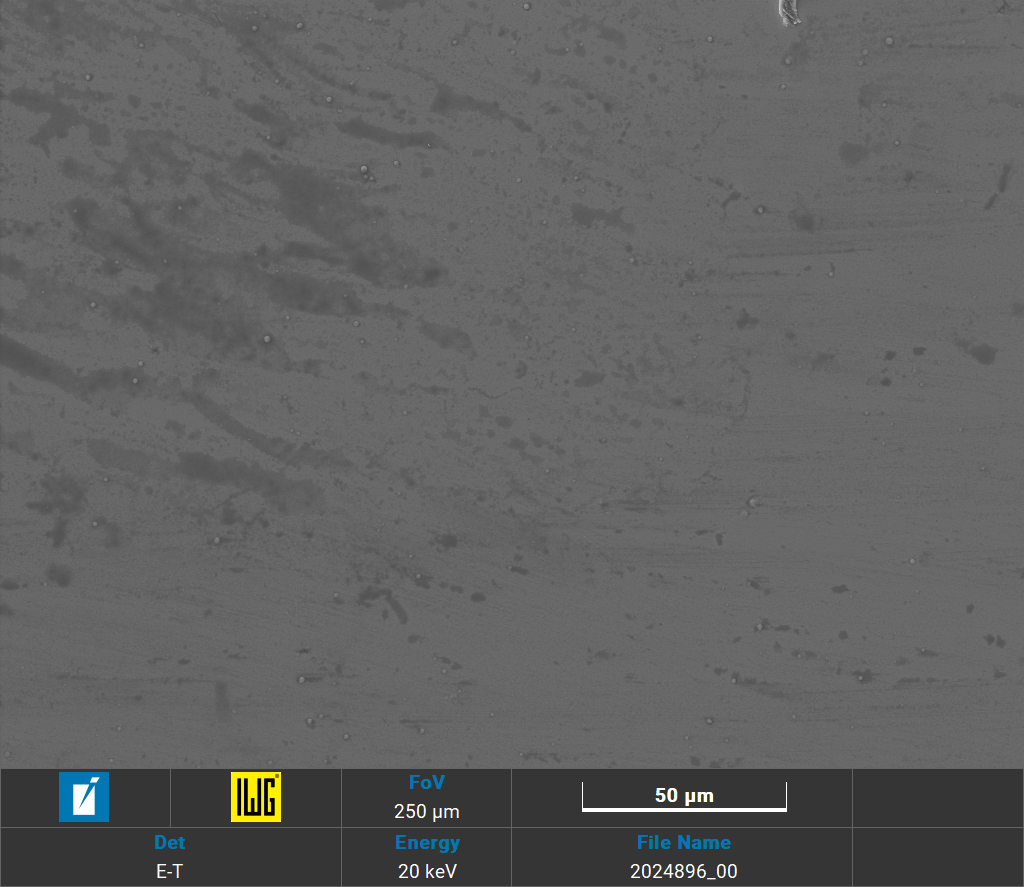
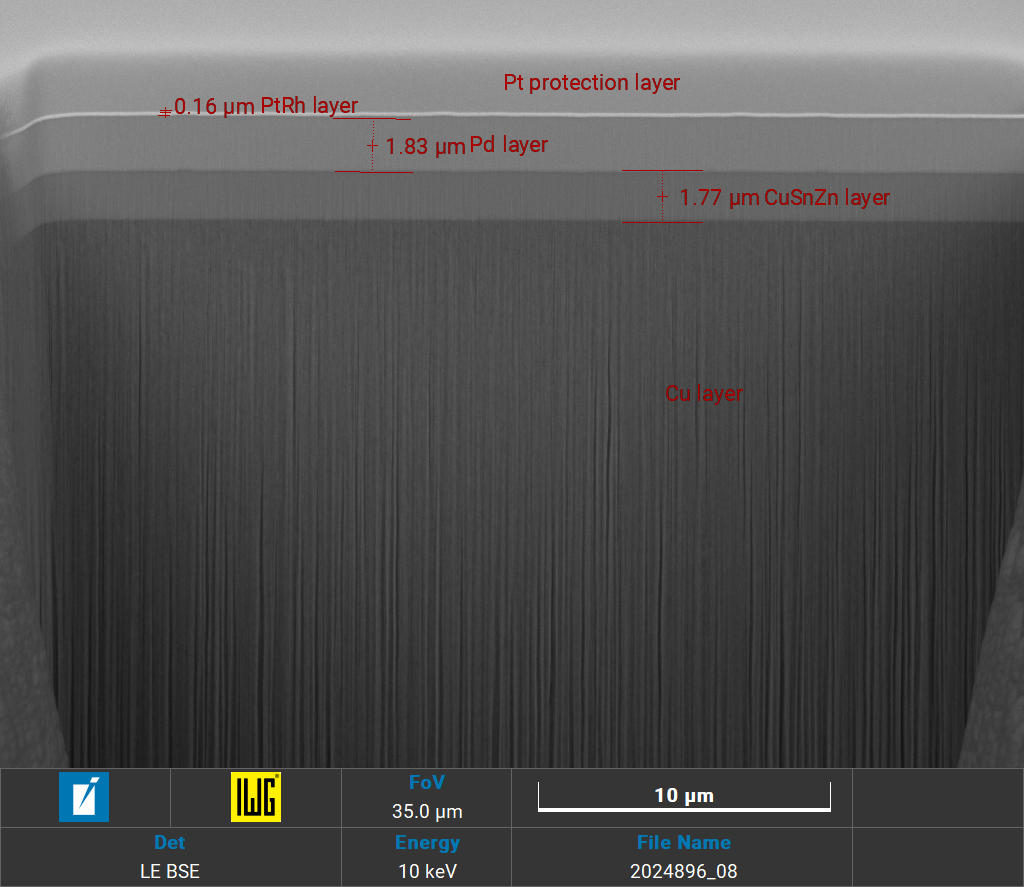
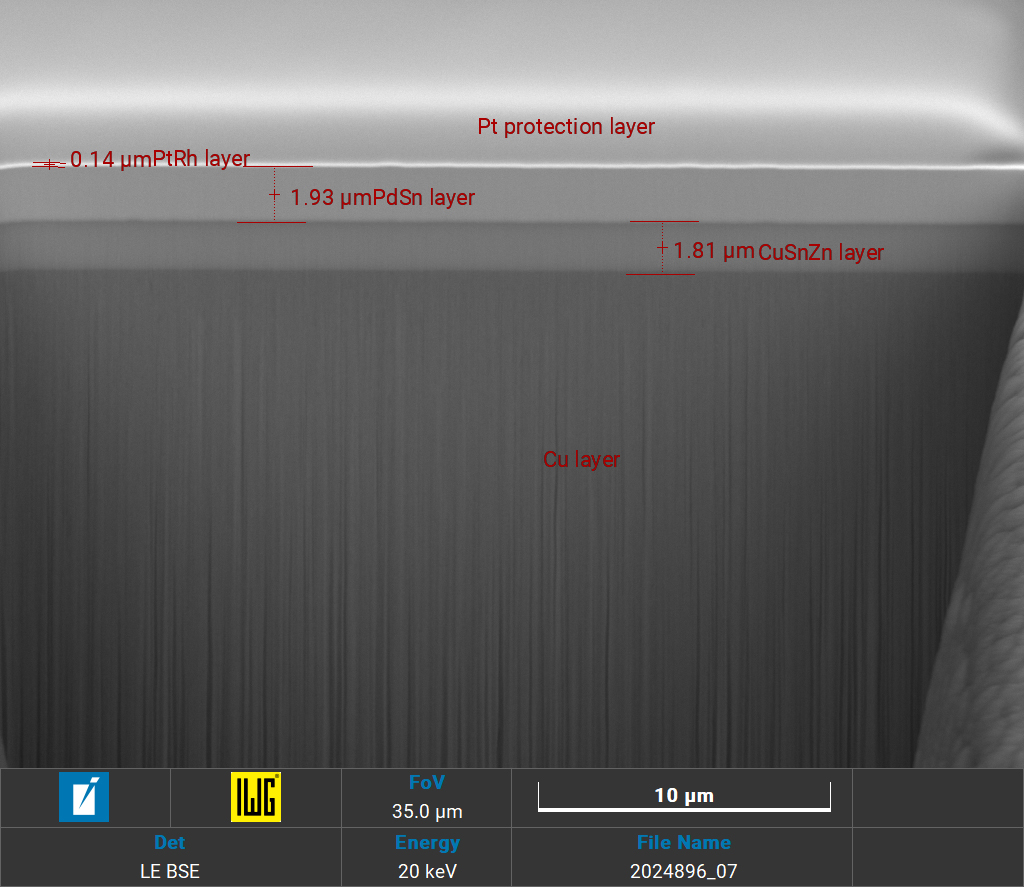
Your contact:
Michael Payer
Senior Chemist / Sales
+43 (0)2287 71073-81

Convinced by the new Pallega® blend Sn?
We look forward to your call or message! We will be happy to provide you with an individual offer.
Would you like to get to know our products? Order free product samples according to your requirements via our Productfinder.
You are currently viewing a placeholder content from HubSpot. To access the actual content, click the button below. Please note that doing so will share data with third-party providers.
More Information